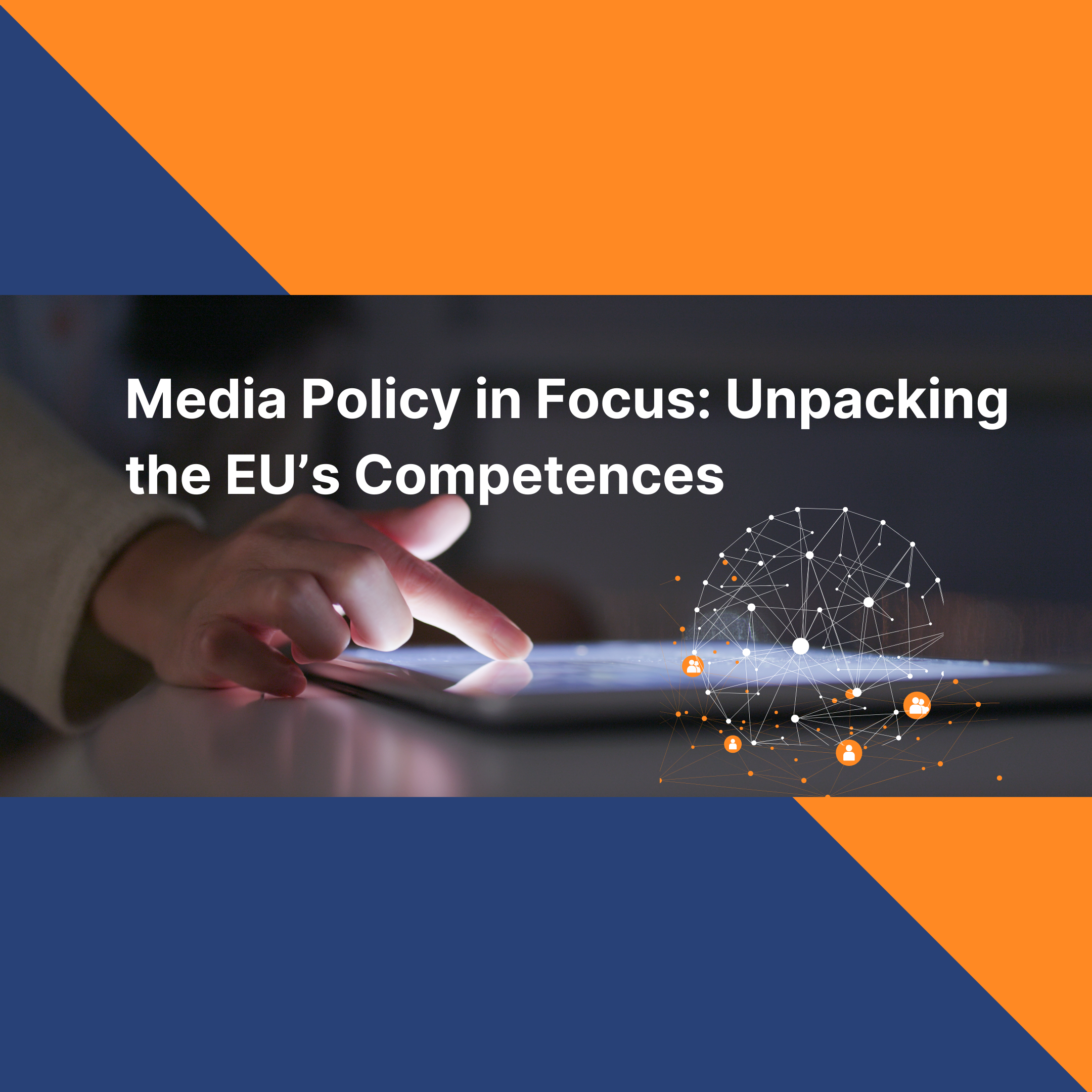A plastic strategy for a circular economy
Although plastic is essential for our daily life and industry, 90% of plastics are derived directly from fossil fuels, having a serious environmental impact and potentially damaging to human health. As plastic production is expected to double by 2036, the Eu Parliament is supporting a new plan towards a circular economy: recyclable or reusable plastic packaging by 2030, limiting the addition micro-plastic to products and tackling marine litter by reducing single-use plastics.
Making all plastic packages recyclable by 2030 is among the goals of a new strategy the European Parliament is examining. The new measures will help European countries reduce the amount of plastic waste they still produce and limit its devastating impact on our environment, climate, health and economy.
Action on plastics was identified as a priority in the Circular Economy Action Plan, to help European businesses and consumers to use resources in a more sustainable way.
The first-ever European Strategy for Plastics in a Circular Economy adopted on January 2018 will transform the way plastic products are designed, used, produced and recycled in the EU. Better design of plastic products, higher plastic waste recycling rates, more and better quality recyclates will help boosting the market for recycled plastics. It will deliver greater added value for a more competitive, resilient plastics industry.
The strategy is part of Europe’s transition towards a circular economy, and will also contribute to reaching the Sustainable Development Goals, the global climate commitments and the EU’s industrial policy objectives. This strategy will help protect our environment, reduce marine litter, greenhouse gas emissions and our dependence on imported fossil fuels. It will support more sustainable and safer consumption and production patterns for plastics.
EU plastics strategy key documents:
EU Strategy for Plastics in the Circular Economy – brochure – video
Strategy for plastics press release and questions and answers
Factsheets on the strategy for plastics in a circular economy
Factsheet – changing the way we use plastics (EU wide)
Factsheet – changing the way we use plastics -EU countries (in all EU languages)
Other 2018 Circular Economy Action Plan initiatives
A plastic strategy for a circular economy
Although plastic is essential for our daily life and industry, 90% of plastics are derived directly from fossil fuels, having a serious environmental impact and potentially damaging to human health. As plastic production is expected to double by 2036, the Eu Parliament is supporting a new plan towards a circular economy: recyclable or reusable plastic packaging by 2030, limiting the addition micro-plastic to products and tackling marine litter by reducing single-use plastics.
Making all plastic packages recyclable by 2030 is among the goals of a new strategy the European Parliament is examining. The new measures will help European countries reduce the amount of plastic waste they still produce and limit its devastating impact on our environment, climate, health and economy.
Action on plastics was identified as a priority in the Circular Economy Action Plan, to help European businesses and consumers to use resources in a more sustainable way.
The first-ever European Strategy for Plastics in a Circular Economy adopted on January 2018 will transform the way plastic products are designed, used, produced and recycled in the EU. Better design of plastic products, higher plastic waste recycling rates, more and better quality recyclates will help boosting the market for recycled plastics. It will deliver greater added value for a more competitive, resilient plastics industry.
The strategy is part of Europe’s transition towards a circular economy, and will also contribute to reaching the Sustainable Development Goals, the global climate commitments and the EU’s industrial policy objectives. This strategy will help protect our environment, reduce marine litter, greenhouse gas emissions and our dependence on imported fossil fuels. It will support more sustainable and safer consumption and production patterns for plastics.
EU plastics strategy key documents:
EU Strategy for Plastics in the Circular Economy – brochure – video
Strategy for plastics press release and questions and answers
Factsheets on the strategy for plastics in a circular economy
Factsheet – changing the way we use plastics (EU wide)
Factsheet – changing the way we use plastics -EU countries (in all EU languages)
Other 2018 Circular Economy Action Plan initiatives
A plastic strategy for a circular economy
Although plastic is essential for our daily life and industry, 90% of plastics are derived directly from fossil fuels, having a serious environmental impact and potentially damaging to human health. As plastic production is expected to double by 2036, the Eu Parliament is supporting a new plan towards a circular economy: recyclable or reusable plastic packaging by 2030, limiting the addition micro-plastic to products and tackling marine litter by reducing single-use plastics.
Making all plastic packages recyclable by 2030 is among the goals of a new strategy the European Parliament is examining. The new measures will help European countries reduce the amount of plastic waste they still produce and limit its devastating impact on our environment, climate, health and economy.
Action on plastics was identified as a priority in the Circular Economy Action Plan, to help European businesses and consumers to use resources in a more sustainable way.
The first-ever European Strategy for Plastics in a Circular Economy adopted on January 2018 will transform the way plastic products are designed, used, produced and recycled in the EU. Better design of plastic products, higher plastic waste recycling rates, more and better quality recyclates will help boosting the market for recycled plastics. It will deliver greater added value for a more competitive, resilient plastics industry.
The strategy is part of Europe’s transition towards a circular economy, and will also contribute to reaching the Sustainable Development Goals, the global climate commitments and the EU’s industrial policy objectives. This strategy will help protect our environment, reduce marine litter, greenhouse gas emissions and our dependence on imported fossil fuels. It will support more sustainable and safer consumption and production patterns for plastics.
EU plastics strategy key documents:
EU Strategy for Plastics in the Circular Economy – brochure – video
Strategy for plastics press release and questions and answers
Factsheets on the strategy for plastics in a circular economy
Factsheet – changing the way we use plastics (EU wide)
Factsheet – changing the way we use plastics -EU countries (in all EU languages)
Other 2018 Circular Economy Action Plan initiatives








































































































































































